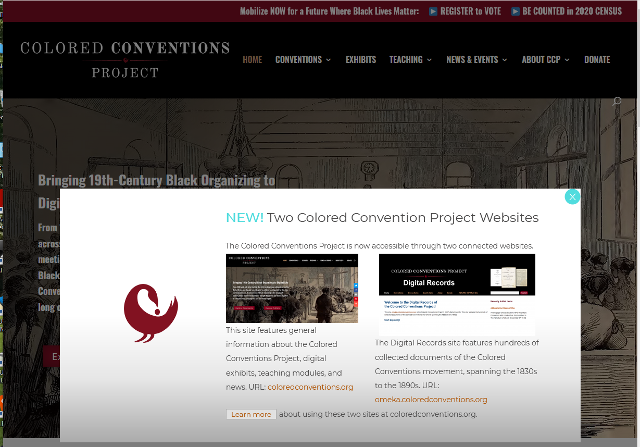One of the things that stood out for me in this week’s readings was Lisa Spiro’s inclusion of experimentation as a key value of digital humanities, specifically her championing experimentation knowing that failure may be an outcome. Spiro says, “Not all experiments succeed as originally imagined, but the digital humanities community recognizes the value of failure in the pursuit of innovation.” There’s something very liberating in acknowledging that a failure doesn’t render the work leading up to it as necessarily unsuccessful or meritless.
The Torn Apart/Separados project fully owns and explores in depth the mistakes they made in the creation of their site. For example, in Vol. 2, they concede that earlier graphs displaying the total value of ICE contracts were based on miscalculations and misunderstandings of how government contracts work. They also discuss ways their original ideas for representing their data ultimately did not work. They explain how they couldn’t use a word cloud to display the different contract awardees on a scale that was legible and also maintained accuracy. They also had to rethink their display of data pertaining to the self-reported gender and racial demographics of the contract awardees to ensure the clarity of their purpose for including such information: they wanted to expose the diversity of people involved in the project, but in no way do they want to say there needs to be more diversity of people working for ICE, so they moved away from their original pie charts, which mimic the way this data is proudly displayed by the government to demonstrate opportunity.
By including all of this information about their process and methods, both successful and “failed,” I think they are also demonstrating another value highlighted by Spiro: openness. Indeed, there are two volumes of this project now, both of which are available to view, rather than the latter volume replacing the first volume. They admit the first iteration was created with a more narrow purpose (mapping where the detention centers are located, showing that the “border” is everywhere), but that the initial investigations led them to more questions, many of which they grapple with in Vol. 2. And even within Vol. 2 they discuss more questions they were unable to fully answer and visualize (for instance how the centers and ICE are reported in the media) and ways they hope the project can continue. To me, this speaks to the project creators as having open minds and a willingness to engage with the data and source materials responsibly rather than trying to force an outcome or narrative onto them. And through their openness in addressing their shortcomings—or more accurately the unfinished-ness of their project—they have reframed it not as an ultimate failure of the project, but as a call to action to bring more people into the project and continue the work (hello collaboration!).
On a semi-unrelated tangent, I also found the discussion of the peer-to-peer semipublic review process of the Debates in Digital Humanities to be incredibly fascinating. Coming from a background in medical publishing, with a much different peer review process, I admit I never even thought about what peer review could look like in other fields. I think this speaks very much to the collaborative nature of digital humanities and recognizes the value of academic endeavors and pursuits not just in their final product, but also the process through which it was created.



